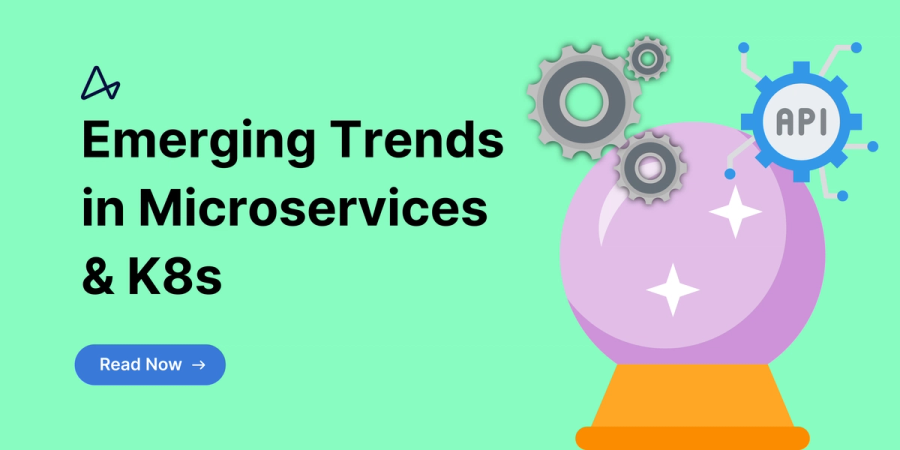
Kubernetes API Gateway
In today's cloud native landscape, microservices have become the go-to architectural approach for building scalable and resilient applications. However, managing the communication between these microservices can be complex. This is where a service mesh comes into play. Let’s delve into the concept of a service mesh, how it works, why it is essential, and highlight some of the top service mesh products available in the market.
Learn about the service mesh, how it works, why you need it, and the top 4 service mesh products.
What is service mesh?
A service mesh is a dedicated infrastructure layer that controls service-to-service communications over a network, thereby allowing microservices to communicate with and sometimes across each other.
March 12, 2024 | 14 min read

Kubernetes API Gateway
Discover how Edge Stack API Gateway and these redundancy strategies will help you prevent the risk of a single point of failure (SPOF).
March 8, 2024 | 13 min read

Kubernetes API Gateway
Explore Kubernetes clusters for peak traffic management. Master horizontal scaling, Cluster Autoscaler, and HPA for seamless digital experiences.
March 4, 2024 | 12 min read

API Development
Podcast Interview with Guru Kamat
Developer productivity not only shapes the quality of products but also cultivates an engineering culture that retains top talent. But, while there are many tips out there on how to boost productivity, there’s not as much focus on boosting PLUS stabilizing your developer productivity for long-term success. In this blog, we delve into the enlightening discussions from the Livin' On the Edge podcast, featuring our latest guest, Guru Kamat, Co-Founder of Neurelo.
"A strong foundation, a focus on developer experience, and reliability of platforms are critical factors in supporting developer productivity," shares Guru.
February 29, 2024 | 7 min read

Kubernetes API Gateway
Testing microservices systems can be a complex and challenging task. As organizations increasingly adopt a microservices architecture, it is crucial to understand and address the common fallacies that can hinder the effectiveness of testing microservices. Microservices offer numerous benefits, such as scalability, flexibility, and faster development cycles. However, these benefits come with their own set of challenges, particularly in the realm of testing microservices.
Traditionally, monolithic applications were tested using end-to-end testing microservices approaches, where the entire application functions were tested as a single unit. However, this approach becomes impractical in a microservices environment, where each service operates independently and communicates with other services through APIs. Testing each service in isolation and verifying their interactions becomes essential to ensure the overall functionality and reliability of the system.
In this blog, we will delve into the eight fallacies of testing microservices and the types of tests and provide practical solutions to overcome those fallacies. By addressing these fallacies and implementing the recommended solutions, organizations can overcome the challenges of testing microservices systems and ensure the reliability, functionality, and performance of their microservices architecture. Let's dive deeper into each fallacy and explore the practical solutions to optimize testing microservices strategies in a microservices environment.
February 29, 2024 | 17 min read

Kubernetes API Gateway
The Kubernetes universe is expanding. What started out as a simple container orchestration solution has become a burgeoning ecosystem driving the cloud-native revolution. As scaling and deployment become critical aspects of software, Kubernetes is not just keeping pace with these demands but also shaping the future of computing.
More standardization, better usability, and core enhancements to security and automation are all coming to Kubernetes. Let’s look at some of these emerging technologies and trends and how they can revolutionize the space.
Beyond Ingress to Zero Trust: The Future of Security in Kubernetes Gateway API
February 26, 2024 | 12 min read










